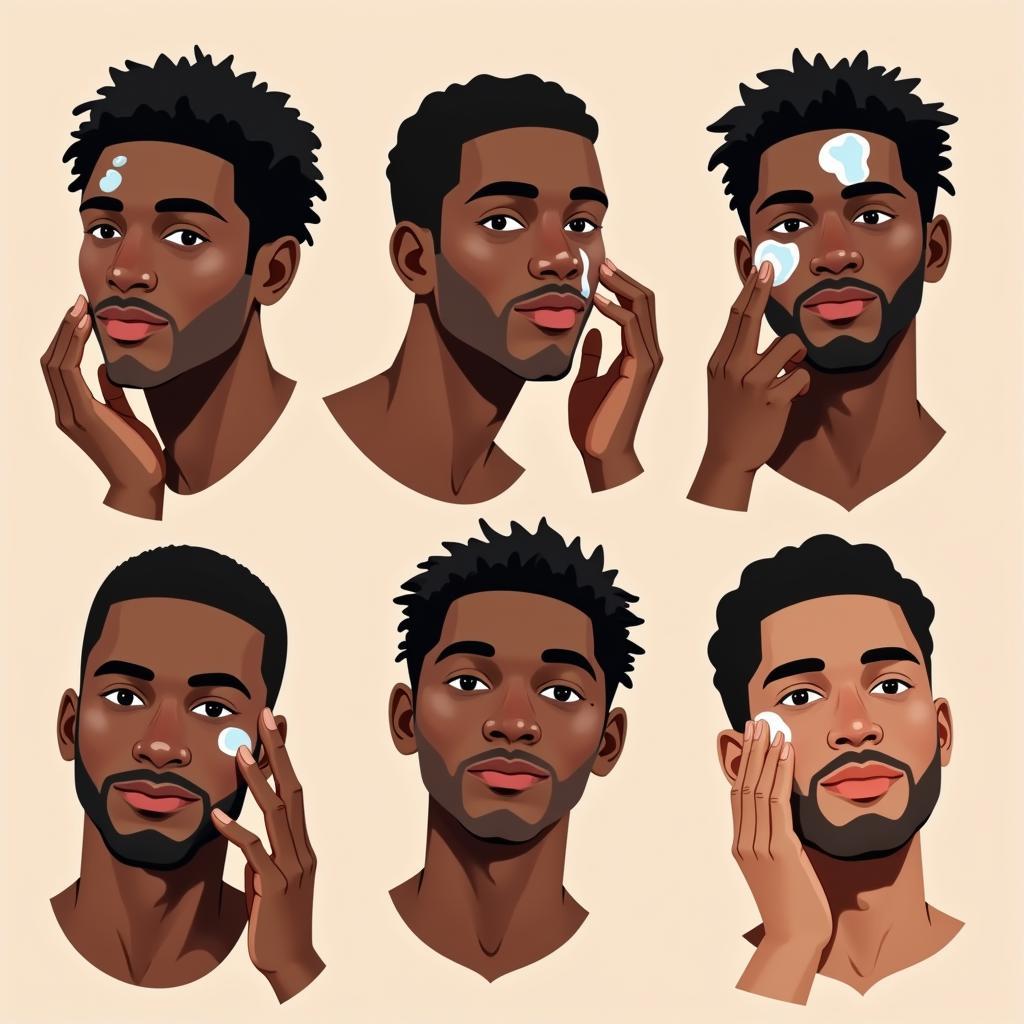African Grey Parrot Housing Requirements: A Comprehensive Guide
African Grey Parrot Housing Requirements are crucial for their well-being. These intelligent and social birds need a stimulating and spacious environment to thrive. Providing the right housing is a significant part of responsible African grey parrot ownership. Just after their dietary needs, their housing is the most important aspect to consider. Learn how to create a comfortable and enriching home for your feathered friend.
Understanding African Grey Parrot Needs
African grey parrots, renowned for their exceptional intelligence and talking abilities, originate from the rainforests of Central and West Africa. This origin gives us valuable clues about their ideal living conditions. In the wild, they enjoy the warmth, humidity, and the social interaction of their flocks. Replicating these aspects as much as possible is key to a happy and healthy captive bird. Choosing the right cage size, providing appropriate perches, and offering stimulating toys are fundamental to meeting their needs. This helps to prevent behavioral issues, such as feather plucking and excessive screaming, which can arise from boredom or stress. Considering an African Grey’s needs goes beyond simply providing food and water. It’s about fostering a stimulating environment that supports their physical and mental health. Thinking about getting an African grey? Consider the african grey bird price before making a decision.
Cage Size and Placement: Creating a Comfortable Home
Choosing the right cage is paramount. Overcrowding can lead to stress and behavioral problems. The cage should be large enough for your parrot to fully extend its wings and climb around without obstruction. A good rule of thumb is to choose a cage that is at least twice the wingspan of your parrot. Rectangular or square cages are preferred over round ones, as they offer more usable space and allow for better perching options. Cage placement is also crucial. Avoid placing the cage in drafty areas or in direct sunlight. A quiet corner of a room with moderate activity is ideal, allowing your parrot to feel secure while still being a part of the household. Remember, your parrot’s cage is its sanctuary, and it should be a place where it feels safe and comfortable. What about other African parrots? You might be interested in the african cockatoo price.
Essential Cage Features
Inside the cage, providing appropriate perches is vital for your parrot’s foot health. Varying perch diameters and materials helps exercise their feet and prevents pressure sores. Natural wood perches are excellent choices. Food and water bowls should be placed strategically within the cage, ensuring easy access and minimizing contamination from droppings. Toys are not just for fun; they provide essential mental stimulation. Offer a variety of toys made from safe materials to keep your parrot engaged and entertained. Rotate toys regularly to prevent boredom.
Maintaining a Healthy Environment
Cleanliness is paramount for your parrot’s health. Regular cage cleaning is essential to prevent the buildup of bacteria and parasites. Daily spot cleaning of food and water bowls and weekly deep cleaning of the entire cage is recommended. Proper ventilation is also crucial to maintain good air quality. Ensure the cage has adequate airflow to prevent the accumulation of fumes or odors. Providing fresh, clean water daily is a must, and offering a balanced diet rich in fruits, vegetables, and high-quality parrot pellets will ensure your African Grey receives the necessary nutrients for optimal health. You might also be interested in comparing different species, such as the african grey parrot vs indian ringneck.
Enrichment and Socialization: Beyond the Basics
Beyond the basic housing requirements, enrichment and socialization play a vital role in an African Grey’s well-being. These highly intelligent birds require mental stimulation to thrive. Providing opportunities for interaction with you and other family members is essential. Regular out-of-cage time in a safe and supervised environment is necessary for exercise and bonding. Training sessions using positive reinforcement techniques can be both mentally stimulating and strengthen the bond between you and your parrot. Consider exploring the african brids sale market in olx for further information.
Conclusion: Creating the Ideal Home for Your African Grey
Providing the right African grey parrot housing requirements is a crucial aspect of responsible pet ownership. By creating a spacious, stimulating, and clean environment, you can ensure your African Grey parrot lives a long, healthy, and happy life. Meeting their physical and mental needs is not just about providing shelter but about nurturing their overall well-being. If you’re interested in specific breeds, check out the african grey red tail.
FAQ
- What is the minimum cage size for an African Grey? A cage at least twice the wingspan of your parrot is recommended.
- What type of perches are best for African Greys? Natural wood perches of varying diameters are ideal.
- How often should I clean my African Grey’s cage? Daily spot cleaning and weekly deep cleaning are recommended.
- What kind of toys should I provide for my African Grey? A variety of toys made from safe materials, rotated regularly, is essential.
- How important is socialization for an African Grey? Socialization is crucial for their mental and emotional well-being.
- What are signs of a stressed African Grey? Feather plucking, excessive screaming, and biting can be signs of stress.
- Where should I place my African Grey’s cage? A quiet corner in a room with moderate activity is ideal.
You might also want to explore other topics like African Grey parrot diet, training tips, and common health issues. Need more information or assistance? Contact us at +255768904061, email us at kaka.mag@gmail.com, or visit us in Mbarali DC Mawindi, Kangaga, Tanzania. We have a 24/7 customer support team ready to help.




